EDITORIAL
Published on 26 May 2022
Editorial: Human-Animal Interactions in Prehistoric China
doi 10.3389/feart.2022.935558
- 963 views
- 1 citation
6,496
Total downloads
43k
Total views and downloads
Select the journal/section where you want your idea to be submitted:
EDITORIAL
Published on 26 May 2022
ORIGINAL RESEARCH
Published on 20 May 2022
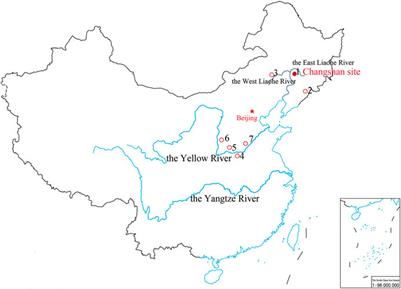
ORIGINAL RESEARCH
Published on 14 Mar 2022
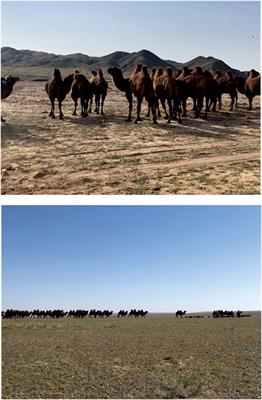
ORIGINAL RESEARCH
Published on 09 Mar 2022
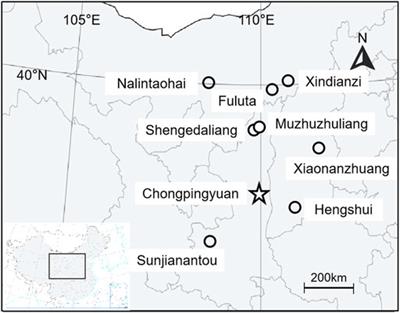
ORIGINAL RESEARCH
Published on 02 Feb 2022
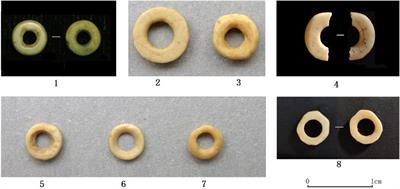
ORIGINAL RESEARCH
Published on 20 Jan 2022
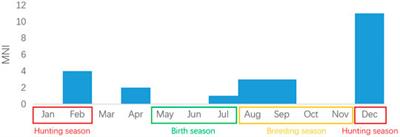
ORIGINAL RESEARCH
Published on 19 Jan 2022
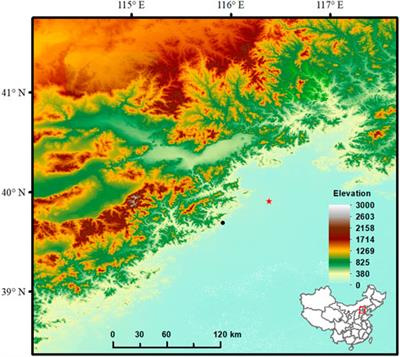
ORIGINAL RESEARCH
Published on 24 Dec 2021
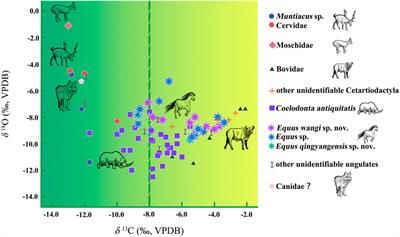
ORIGINAL RESEARCH
Published on 21 Dec 2021
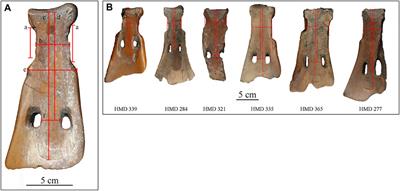
REVIEW
Published on 29 Nov 2021
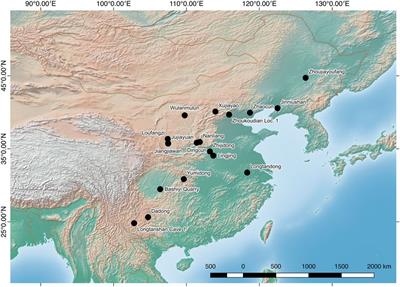
ORIGINAL RESEARCH
Published on 23 Nov 2021
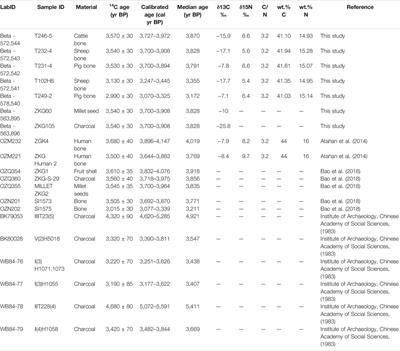

Frontiers in Ecology and Evolution